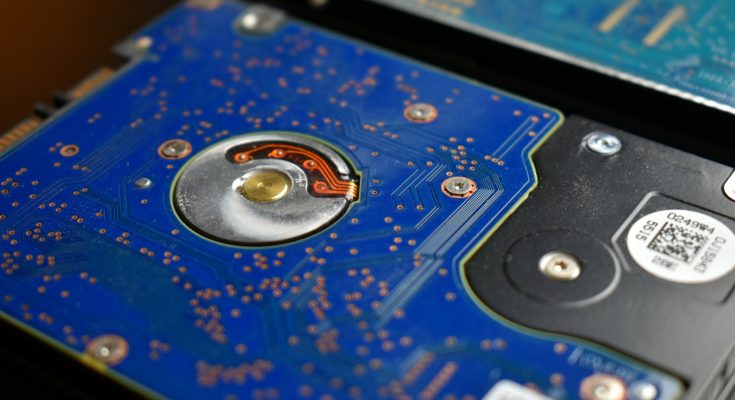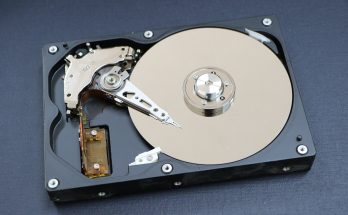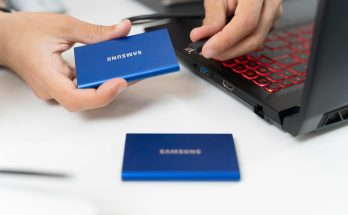Corrosion on your PCB can lead to serious issues. It’s important to know how to spot it early on. In this article, we will cover how to identify corrosion on your PCB in five simple steps. By the end, you will be equipped with the knowledge to keep your PCBs safe and functional.
What is a PCB?
A PCB, or printed circuit board, is a crucial part of many electronic devices. It connects various components, allowing them to communicate and function. However, PCBs can suffer from corrosion, which can disrupt this process.
Why is Corrosion a Problem?
Corrosion can lead to:
- Electrical failures: Corroded connections may fail to conduct electricity.
- Short circuits: This can damage components.
- Device malfunction: Your device may not work at all.
Understanding how to identify corrosion on your PCB can save you time and money in repairs.
Step 1: Visual Inspection
The first step in how to identify corrosion on your PCB is to perform a visual inspection. Look for any signs of damage. Here are some key points to check:
- Color changes: If you see green, brown, or white spots, that might be corrosion.
- Rust: This often appears as a flaky substance.
- Discoloration: Any unusual colors on the board could indicate a problem.
Use a bright light to help spot these issues. If you see anything unusual, take note.
Step 2: Check for Moisture
Moisture can cause corrosion. Be sure to check if your PCB is in a humid environment. Here’s what you can do:
- Use a hygrometer: This tool measures humidity levels.
- Look for water stains: Any signs of liquid can lead to corrosion.
- Check seals: Ensure that your device is properly sealed against moisture.
Keeping your PCB dry is essential for preventing corrosion.
Step 3: Test for Continuity
Another effective way on how to identify corrosion on your PCB is to test for continuity. This step helps you find any broken connections. You’ll need a multimeter for this. Here’s how to proceed:
- Turn off the power: Always ensure safety first.
- Set the multimeter: Use the continuity setting.
- Probe connections: Touch the probes to different points on the PCB.
If you hear a beep, that means the connection is good. If not, corrosion may be the cause.
Step 4: Assess Solder Joints
Solder joints are where components connect to the PCB. Corrosion can affect these areas. Here’s how to check them:
- Look for cracks: Any visible cracks can indicate a weak joint.
- Check for dullness: Shiny solder is good; dull solder might be corroded.
- Test with a multimeter: As in the previous step, check continuity here too.
Paying attention to solder joints is key in how to identify corrosion on your PCB.
Step 5: Use a Magnifying Glass
Sometimes, corrosion is hard to see with the naked eye. Using a magnifying glass can help you spot it better. Here’s what to do:
- Focus on small areas: Look closely at components and solder points.
- Check for fine details: Small particles or discoloration can indicate corrosion.
- Inspect under different angles: Changing your view can reveal hidden issues.
A magnifying glass can be a great tool in your corrosion detection arsenal.
Final Thoughts
Knowing how to identify corrosion on your PCB is essential for maintaining electronic devices. By following these five simple steps, you can catch issues early. Regular maintenance and checks will help extend the life of your PCBs.
Remember, early detection is the key. If you find corrosion, consider cleaning it carefully or seeking professional help. Keeping your PCBs in good condition ensures that your devices run smoothly.
FAQs
1. What causes corrosion on PCBs?
Corrosion on PCBs is often caused by moisture, humidity, or exposure to chemicals.
2. How can I prevent corrosion on my PCB?
To prevent corrosion, keep your PCBs dry, use protective coatings, and store them in a controlled environment.
3. Can I repair corroded PCBs myself?
While minor corrosion can sometimes be cleaned, severe damage may require professional repair services.



